If you enjoy walking through older cemeteries as much as I do, you might have noticed some beautiful, but different looking grave markers. These markers have a blue-gray color and even though most of these monuments date back to the last half of the 19th century, they have not weathered at all. Their lines and edges are still sharp and the inscriptions remain very legible.
What is so special about the markers? They are made of metal. They are sometimes referred to as “white bronze” markers, but they are actually made of cast zinc. They get their blue-gray color from exposure to the elements, which forms a layer of zinc carbonate. Otherwise they withstand the weather because zinc does not corrode or rust. If fact many of the metal markers hold up much better than their concrete bases. If you are not sure if a marker is iron or zinc, try using a magnet. Zinc is not magnetic and will not attract the magnet.
Zinc grave markers were first made in 1873 and a year later The Monumental Bronze Company in Bridgeport, Connecticut, was formed and produced them for sale. The company had subsidiaries in Chicago, Detroit, Des Moines, Philadelphia, New Orleans and St. Thomas in Ontario, Canada.
The zinc markers were ordered through the company’s catalog and sold by company sales agents. The casting was done in Bridgeport while some of the assembly was done in other areas. These metal markers were made to order, made to the customer’s specifications. The customer chose a basic design and size from the catalog and plaster molds were created from wax models. Panels and individual pieces were cast from the plaster molds. The individual panels were then assembled to make a custom monument. Molten zinc was poured into the joints between the sides and panels, which fused the pieces securely together.
The photo below shows a decorative panel insert.
The customer could also order specific decorations and embellishments from the company’s catalog. Some of these zinc markers are very elaborate, while others quite simple.
The Monumental Bronze Co. Catalog, circa 1890, is on-line in PDF format. I recognize many of the markers, toppers and embellishments that we have seen in numerous cemeteries we have visited.
Zinc markers were relatively inexpensive and cost less than the carved marble and granite tombstones.
There are only a couple disadvantages to these markers. Zinc is brittle and can break if hit by something such as a tree branch. These monuments are hollow inside and unsupported weight at the top may cause the marker to “creep” down. For example, the weight of a statue may cause the lower part of the monument to buckle and the statue may begin to lean.
The Monumental Bronze Company ceased production of zinc grave markers in 1914 when they began manufacturing munitions for the government during WWI. They continued casting metal moldings until their bankruptcy in 1939.
They continued to make inscription plates after the company ceased monument production in 1914. So you may see a zinc marker with an inscription date after the factory closed.
I have noticed that these markers were used for many civil War veterans as well as many of the Civil War statues seen in cemeteries.
Sources of information:
Association for Gravestone Studies FAQ
http://www.usgwarchives.net/pa/1pa/tscarvers/monumental-bronze/monumental-bronze.htm
http://www.rootsweb.ancestry.com/~artttp/benton/whitebronze.htm

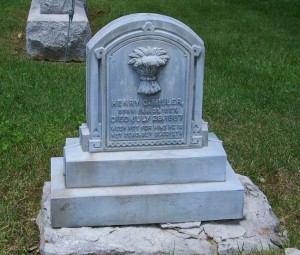
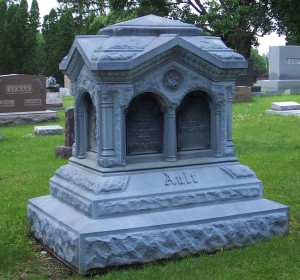
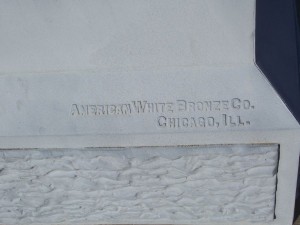
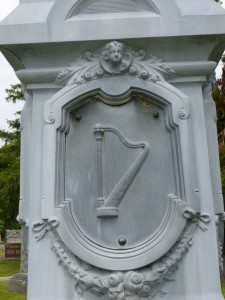
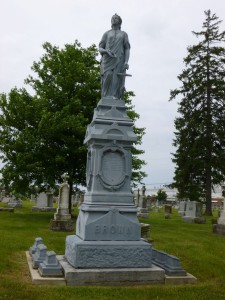
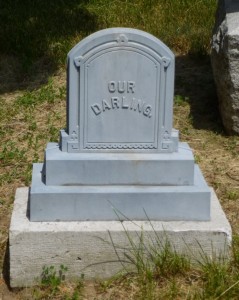
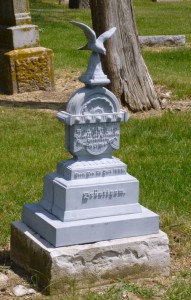
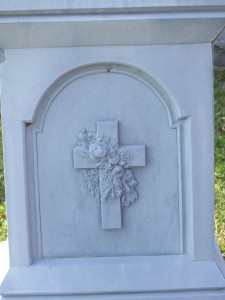
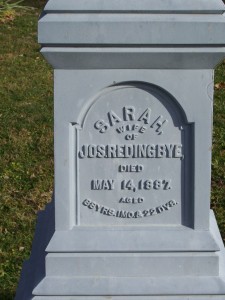
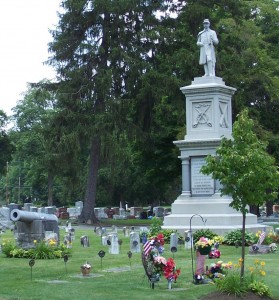
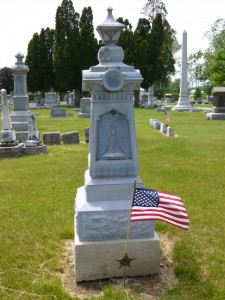
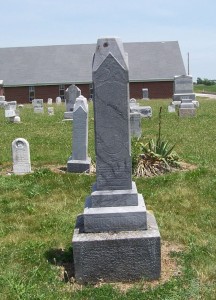
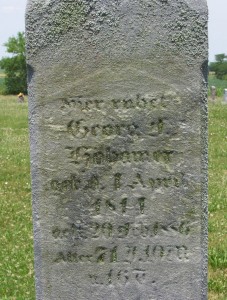
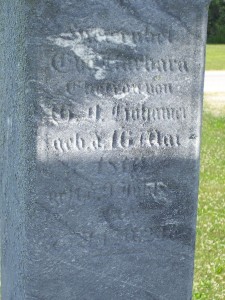
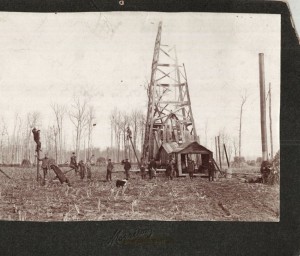
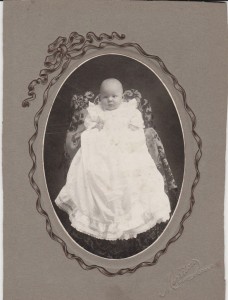
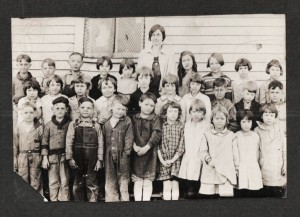
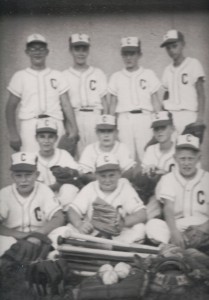
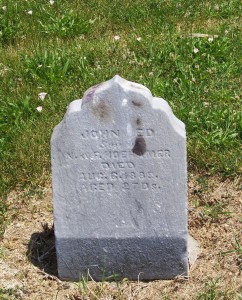
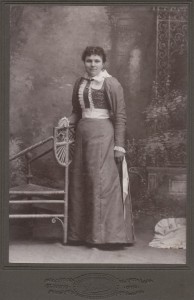
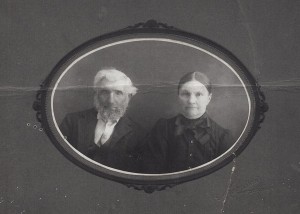
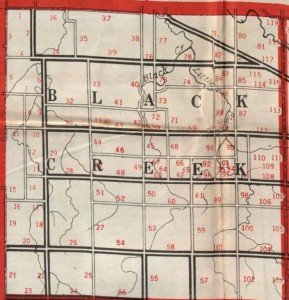

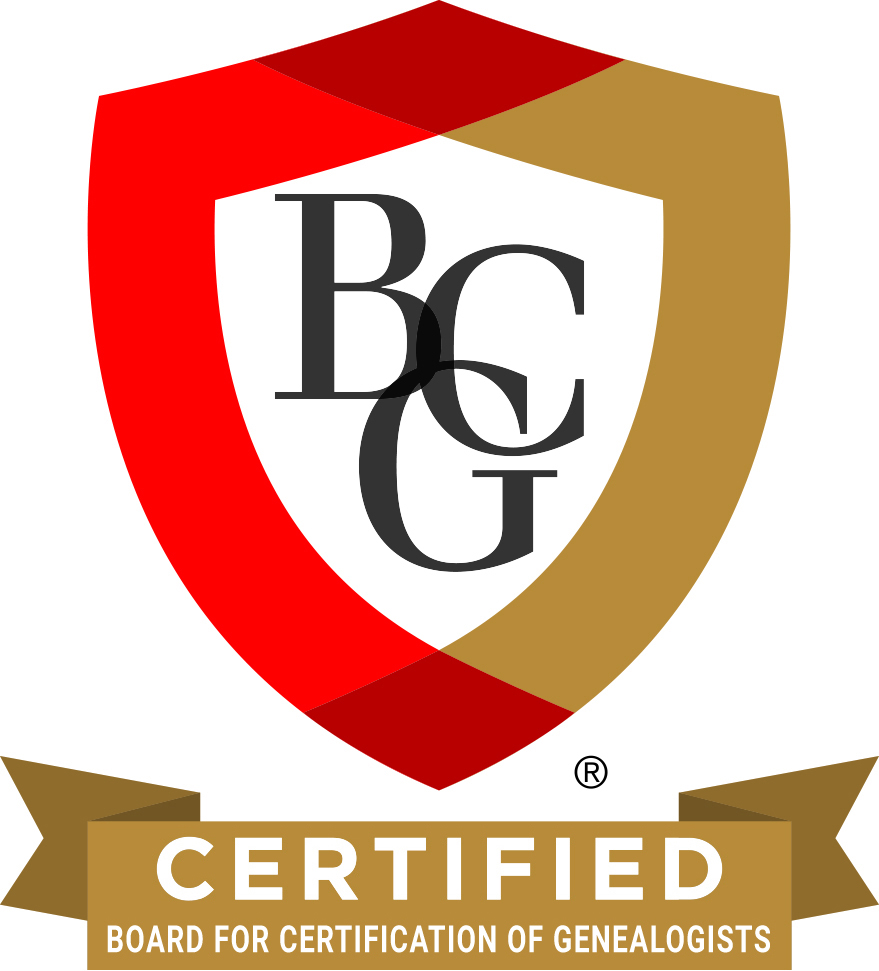


You're welcome, Karen. I'm still working on this also. Thank you so much for all of your wonderful Mercer County…
Very interesting and great picture (I had neersee before) of the church! Thanks for sharing this, Karen.
Ha! I see why you say that. Your original surname was probably something similar to Schmitt.
Thank you for letting me know.
I guess he could have picked a worse name lol, Thanks Karen